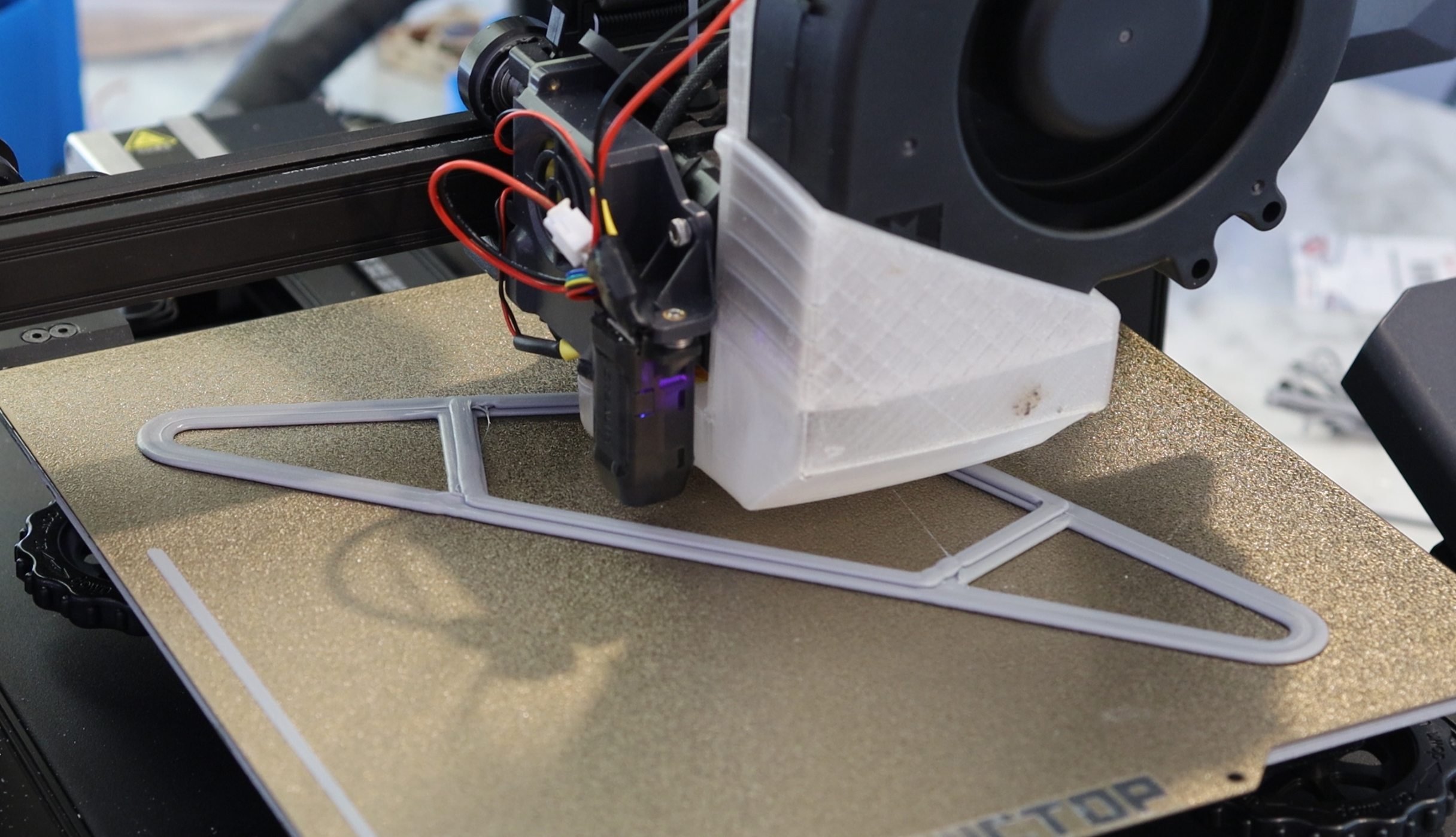Large Diameter CHT Testing
I upgraded to a bimetallic copperhead heatbreak and tried out 1.0mm and 1.8mm CHT nozzles.
Interestingly, the bimetallic heatbreak, which should increase flow rates due to enhanced volumetric flow, actually stalled out the motor sooner than the titanium heatbreak I was using before.
I can only speculate what caused this:
I could have done a worse job applying the Boron Nitride.
It could also be that melting further up in the heatblock increases friction somehow, since instead of sliding along the walls until it gets deeper into the heater, maybe it melts and starts sticking to the walls sooner, resulting in more complete melting but greater friction.
Either way, this is why we make a hypothesis and test it. Because wether you’re right or wrong, you will learn something.
While extrusion could be achieved at extremely high flow rates, above about 40 mm³/s the extrusion gains a rippled texture, caused by the plastic oscillating back and forth as it is being layed. It looks cool and gives parts a sort of beaded look, but I prefer a smooth look in most applications.
Smooth extrusion at 30 mm³/s using a 1.8mm nozzle at 4mm extrusion width, 1.8mm layer height
Beaded extrusion at 60 mm³/s using a 1.8mm nozzle at 4mm extrusion width, 1.8mm layer height. I wonder how this affects interlayer bonding. It will certainly make parts weaker due to stress concentrations caused by all of the extra notches on the surface.



